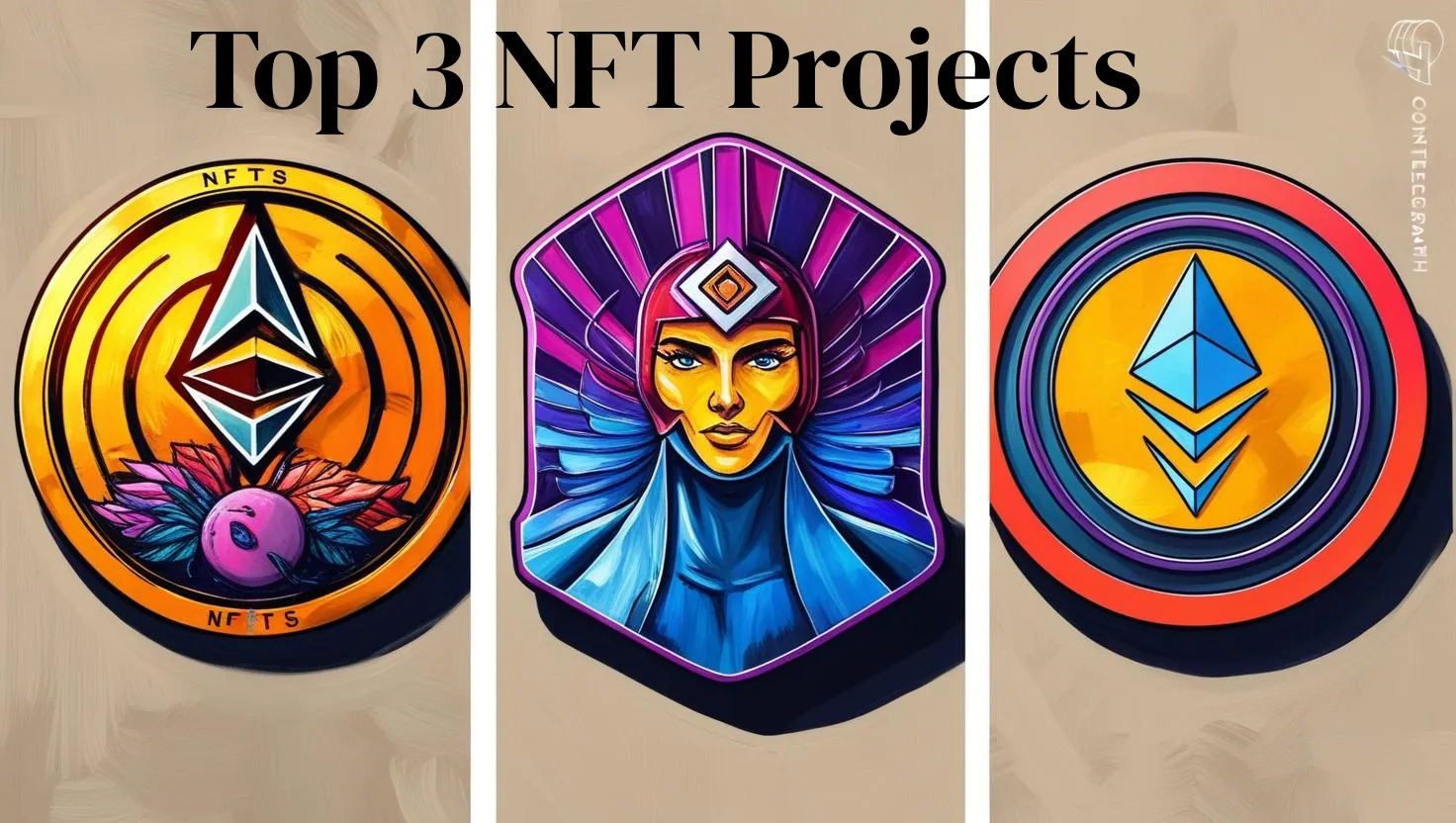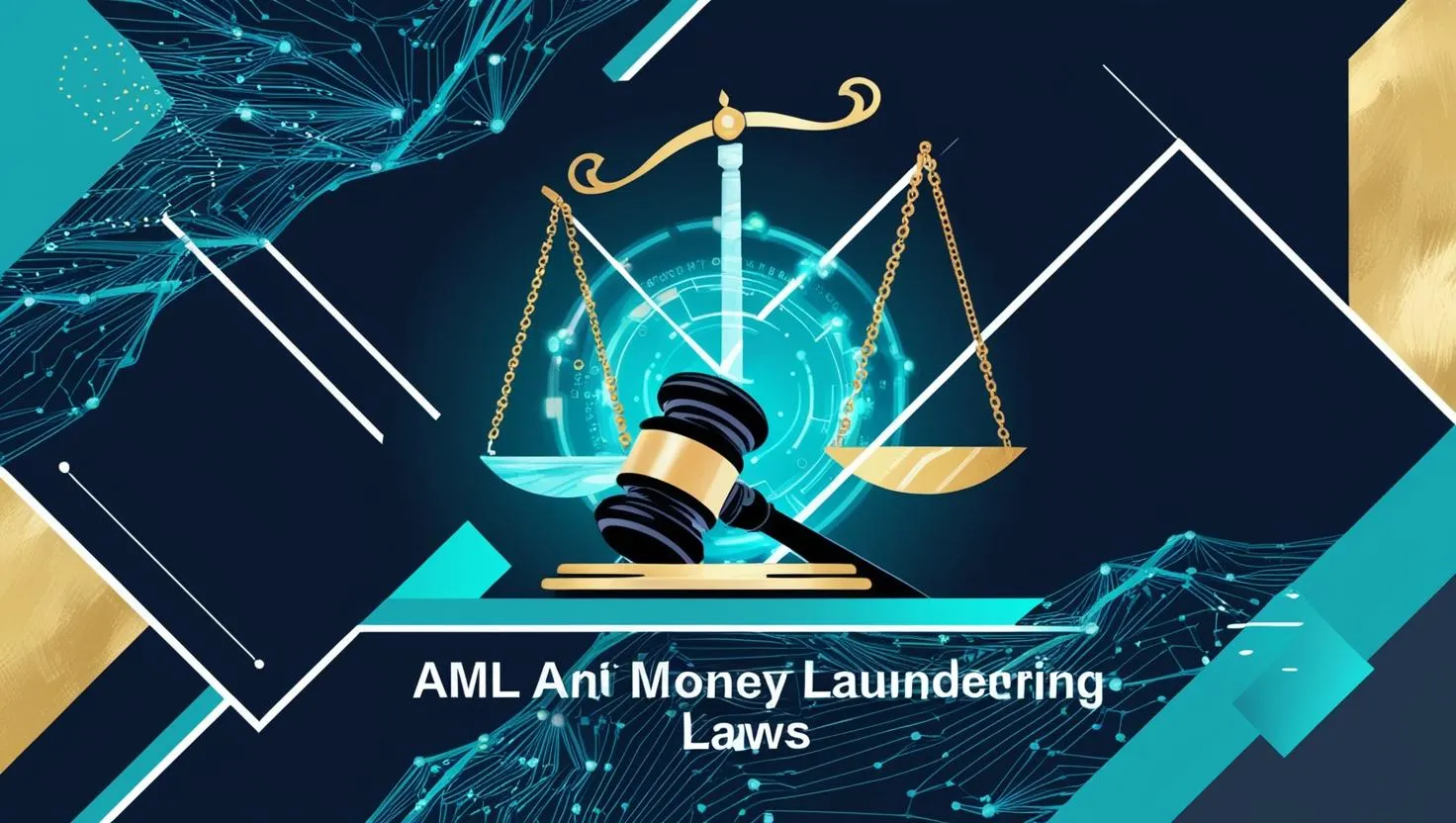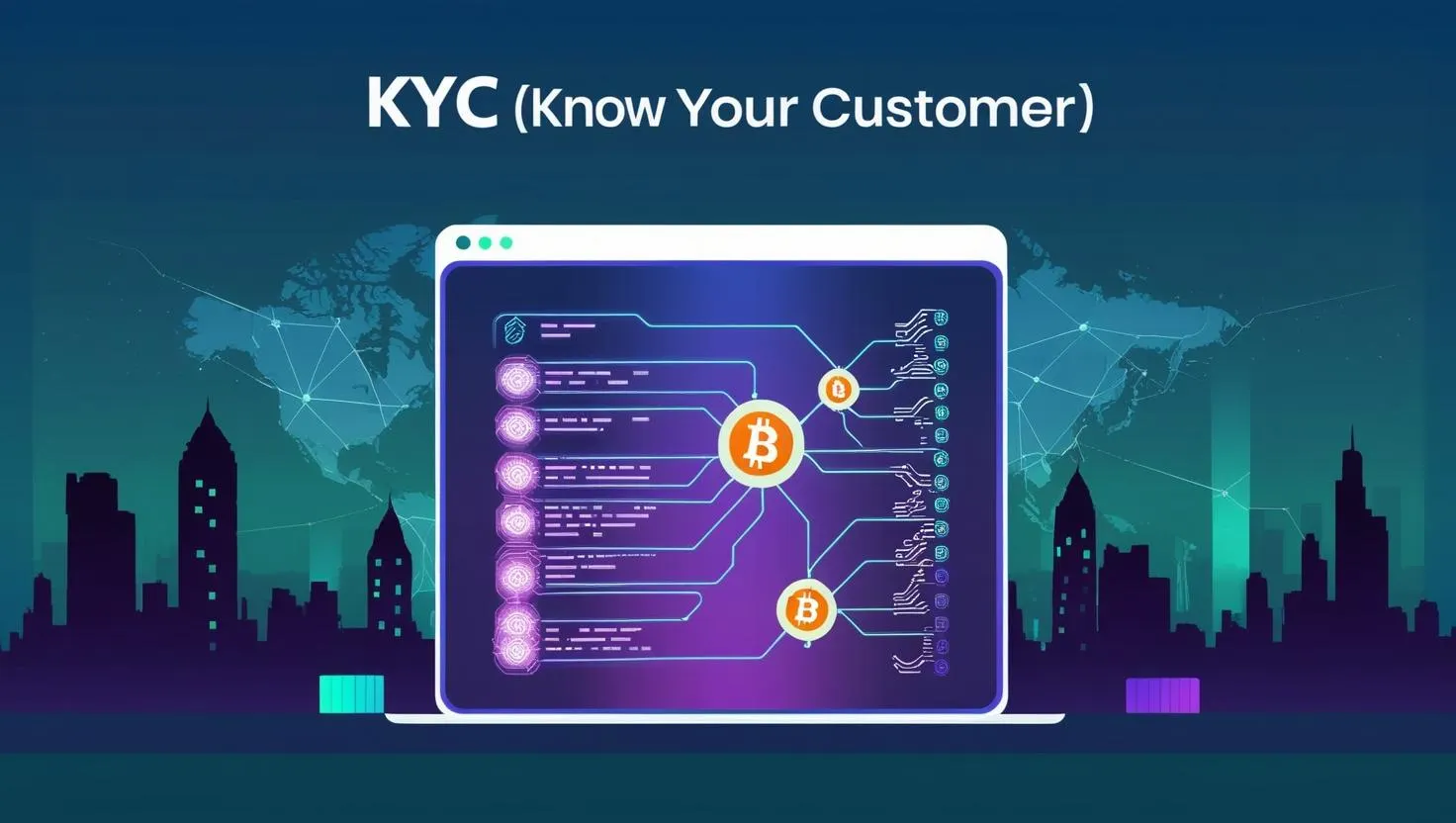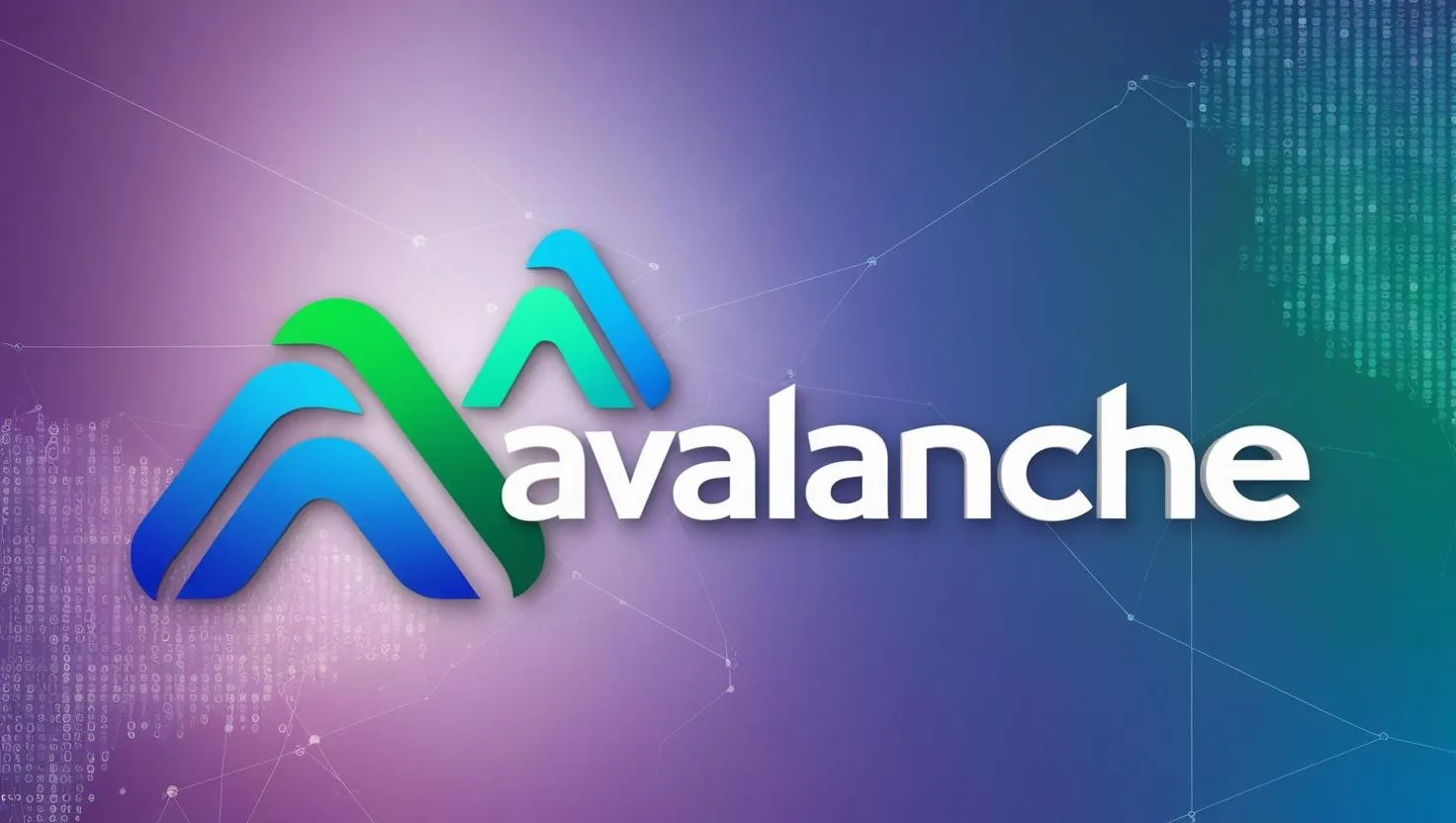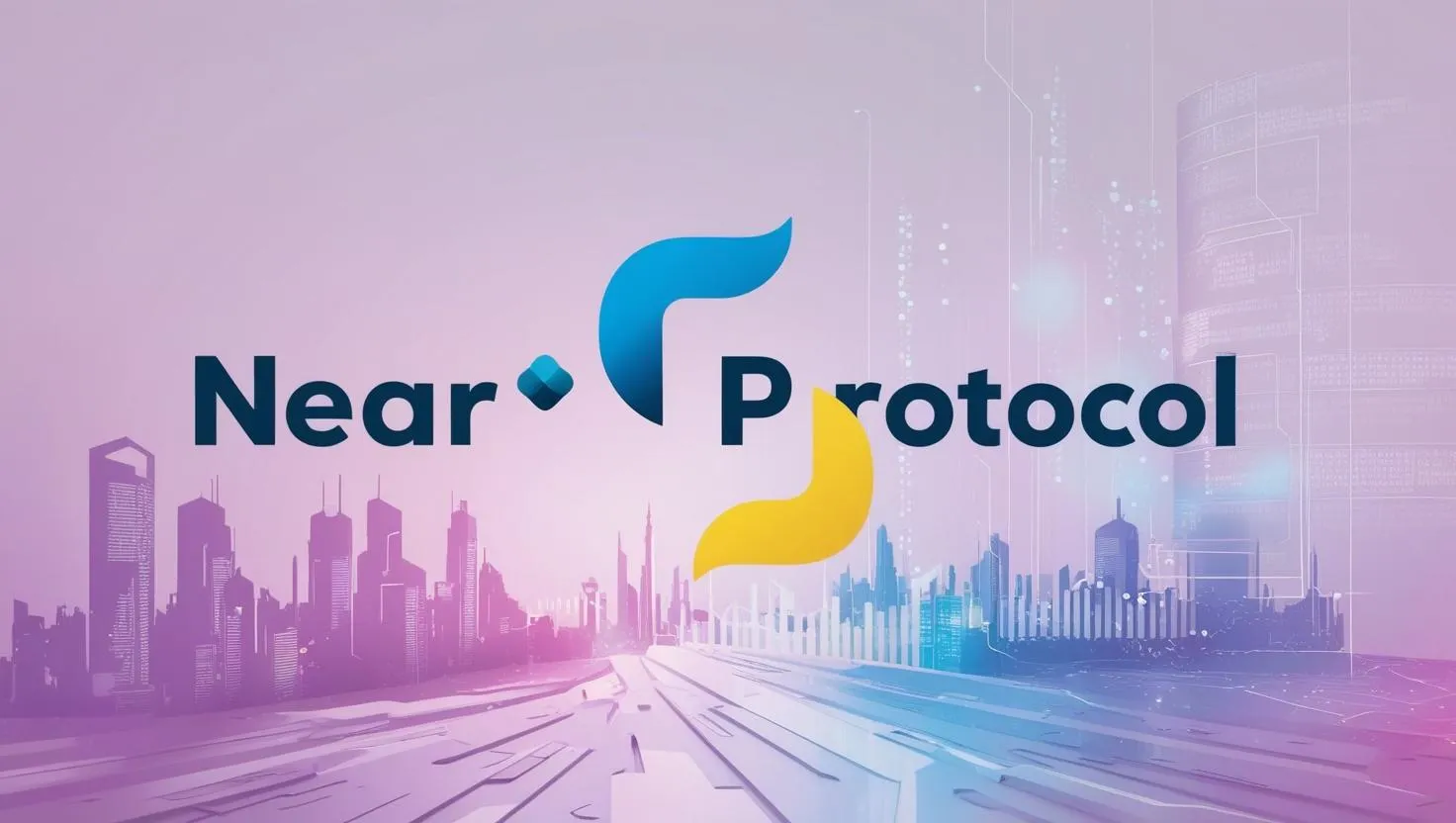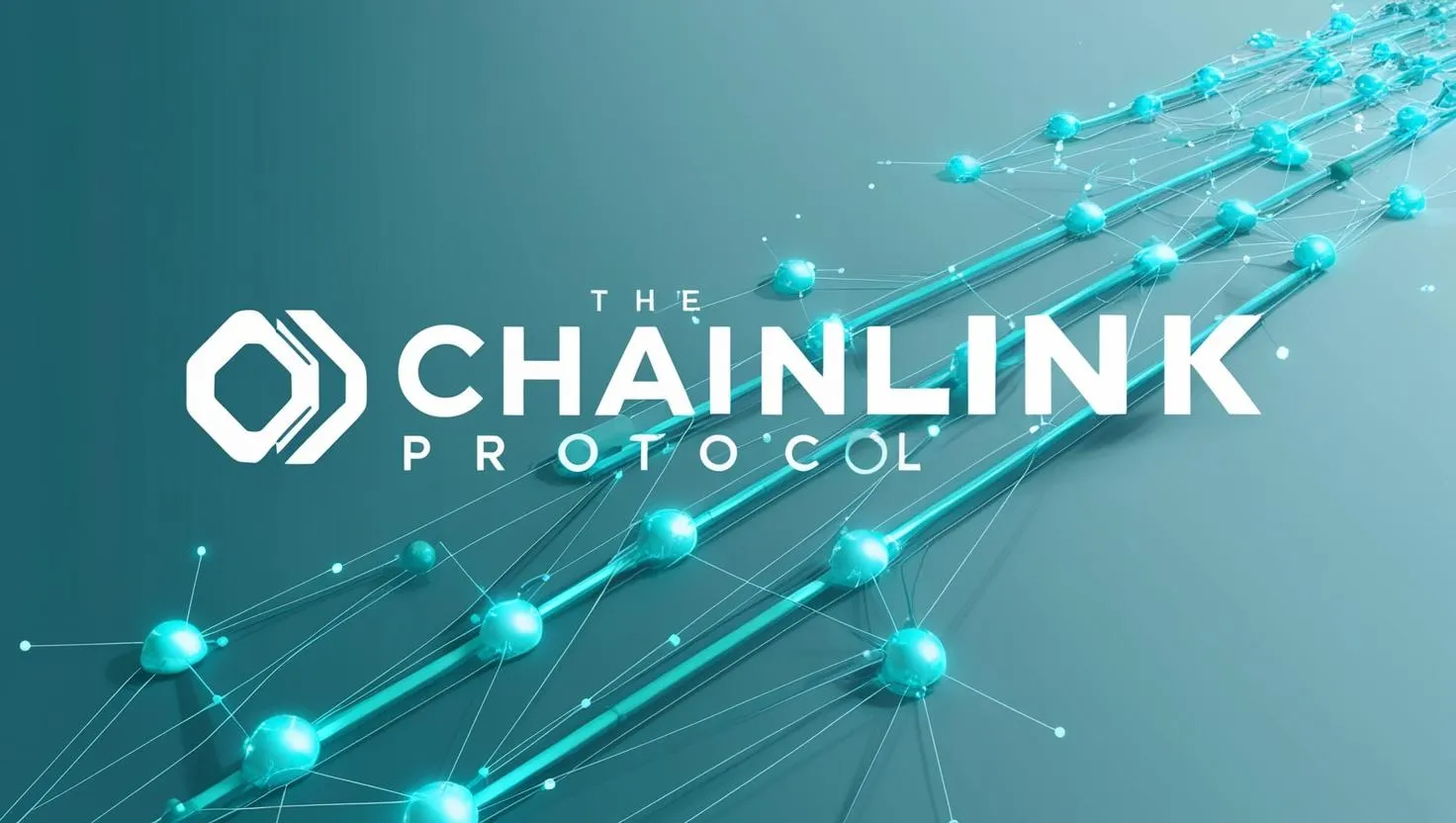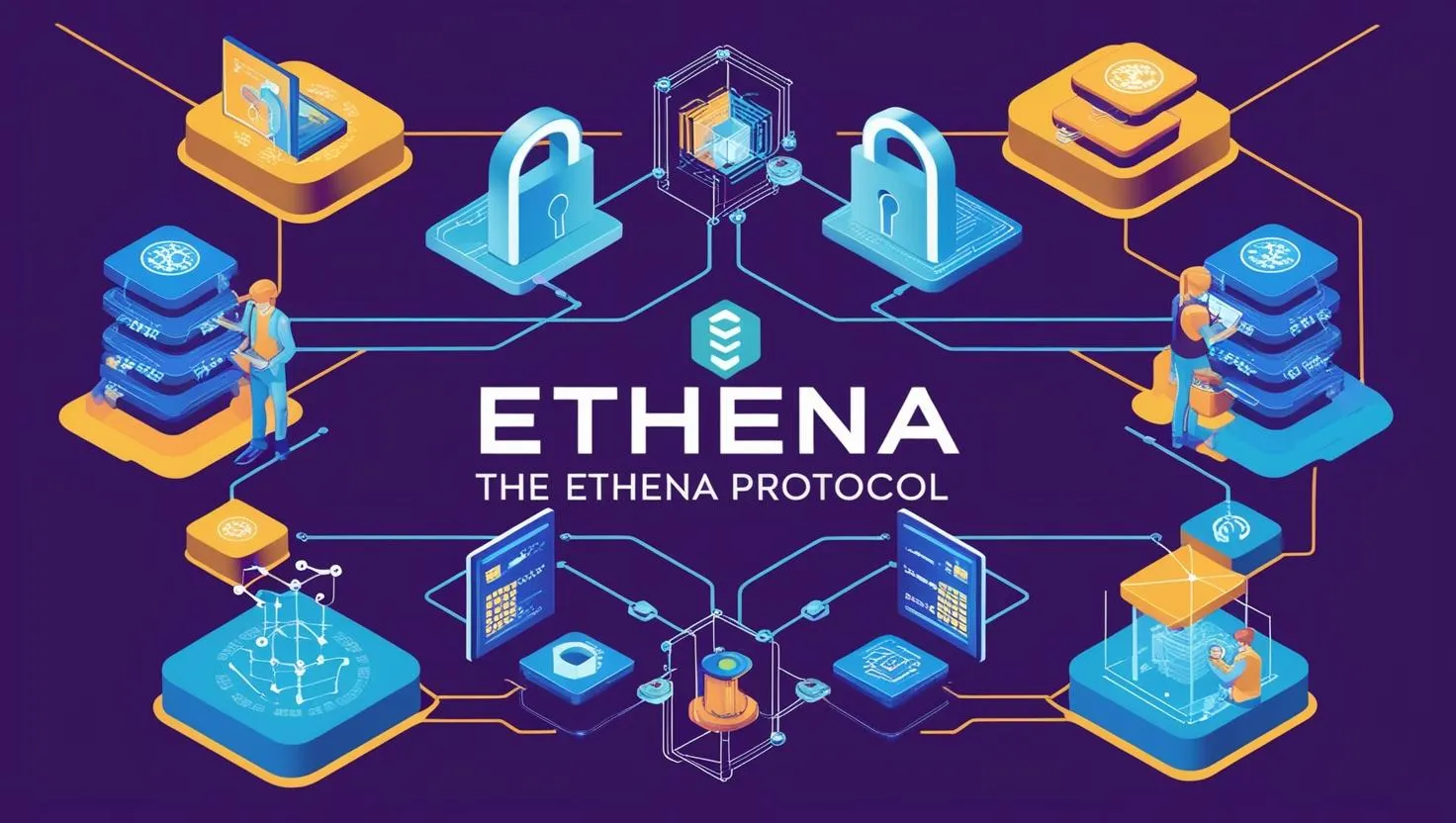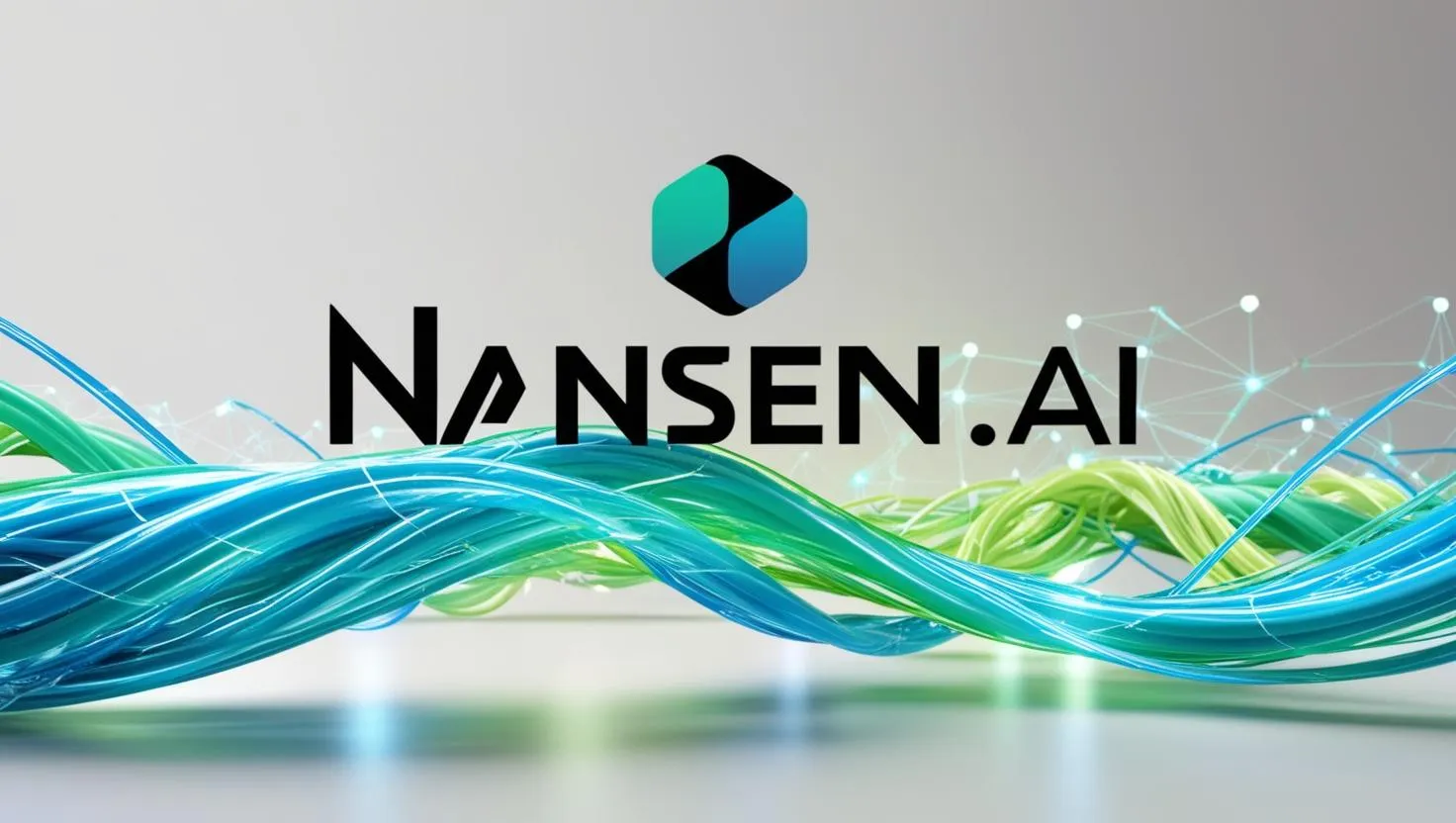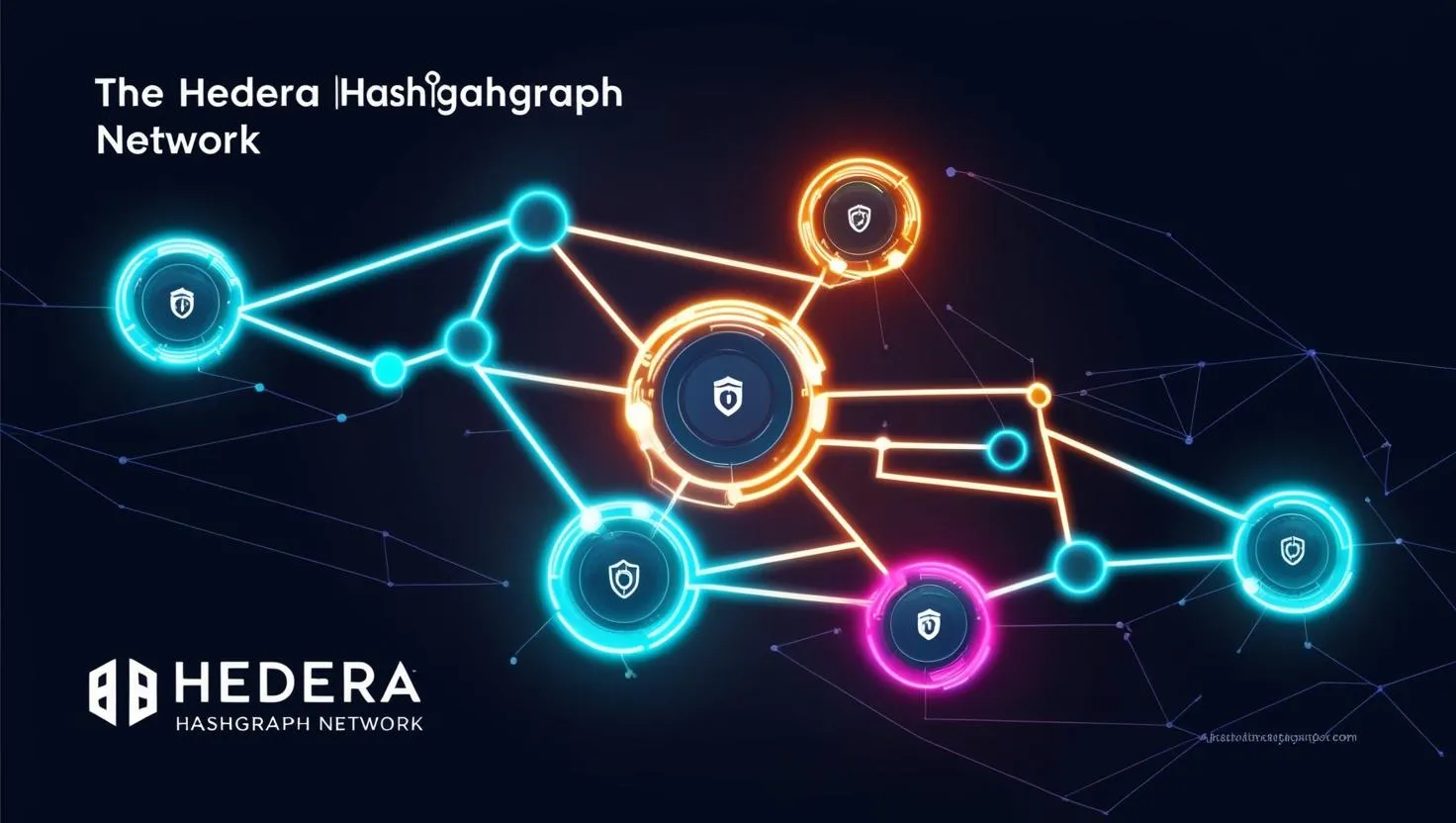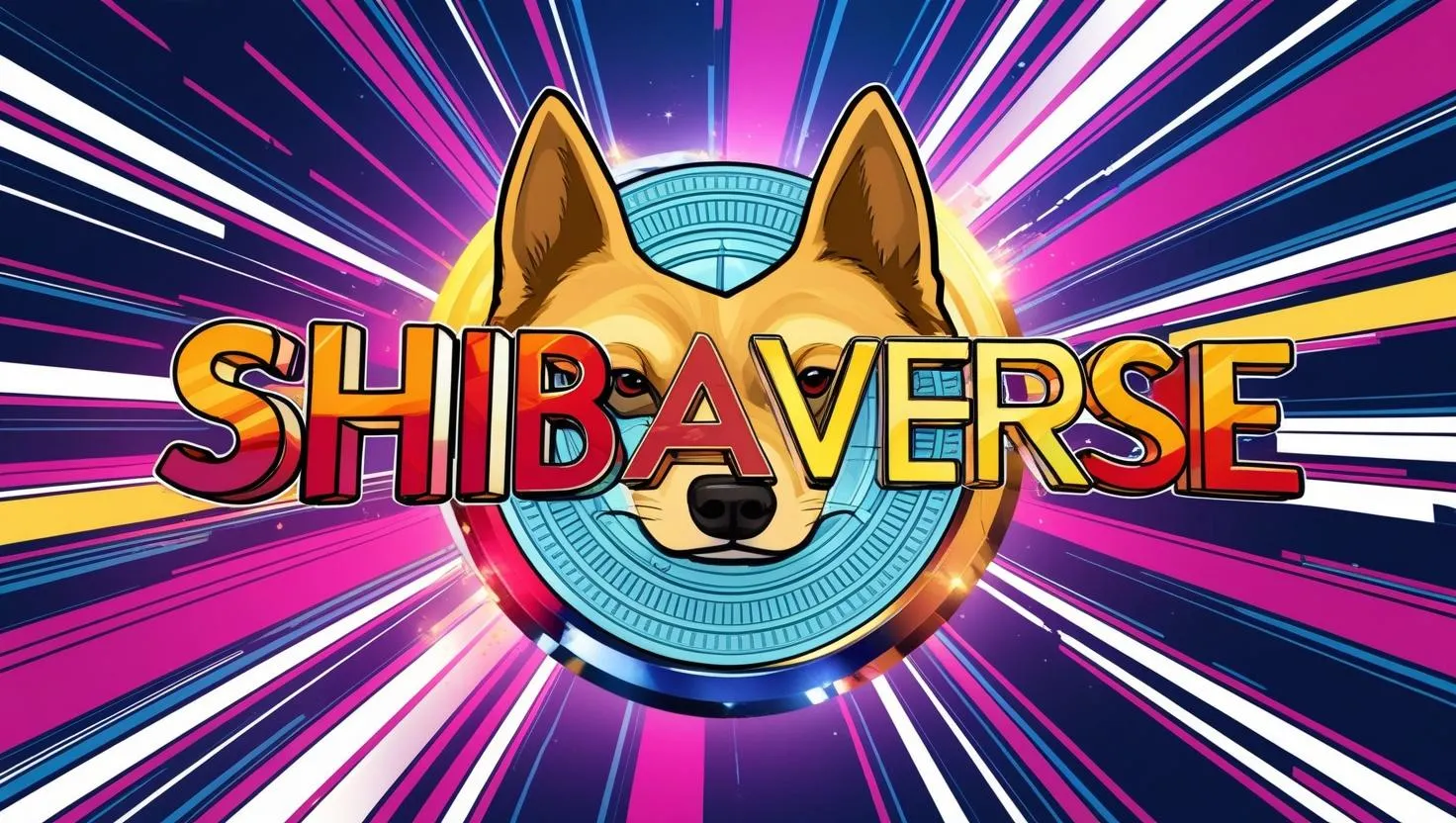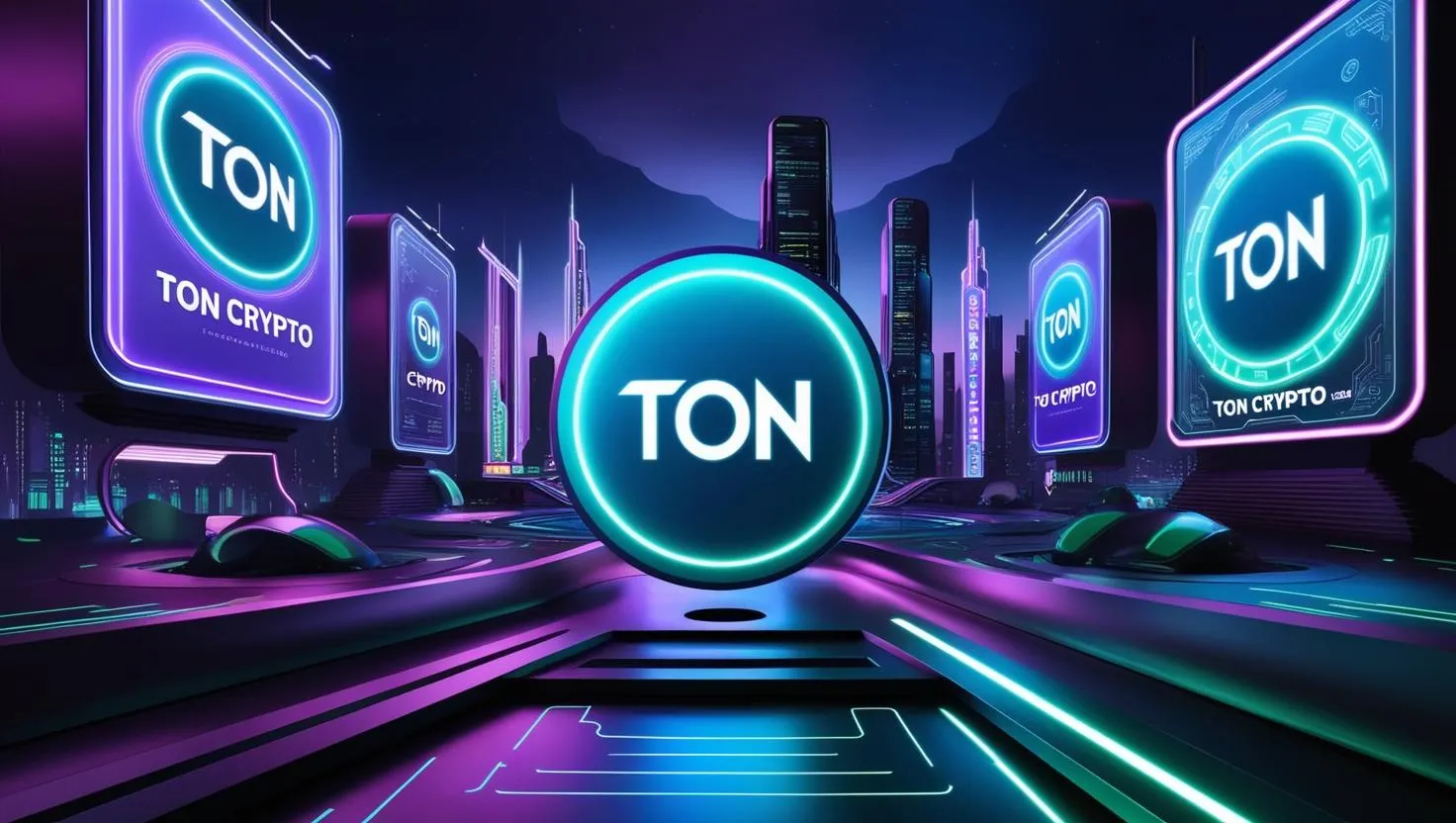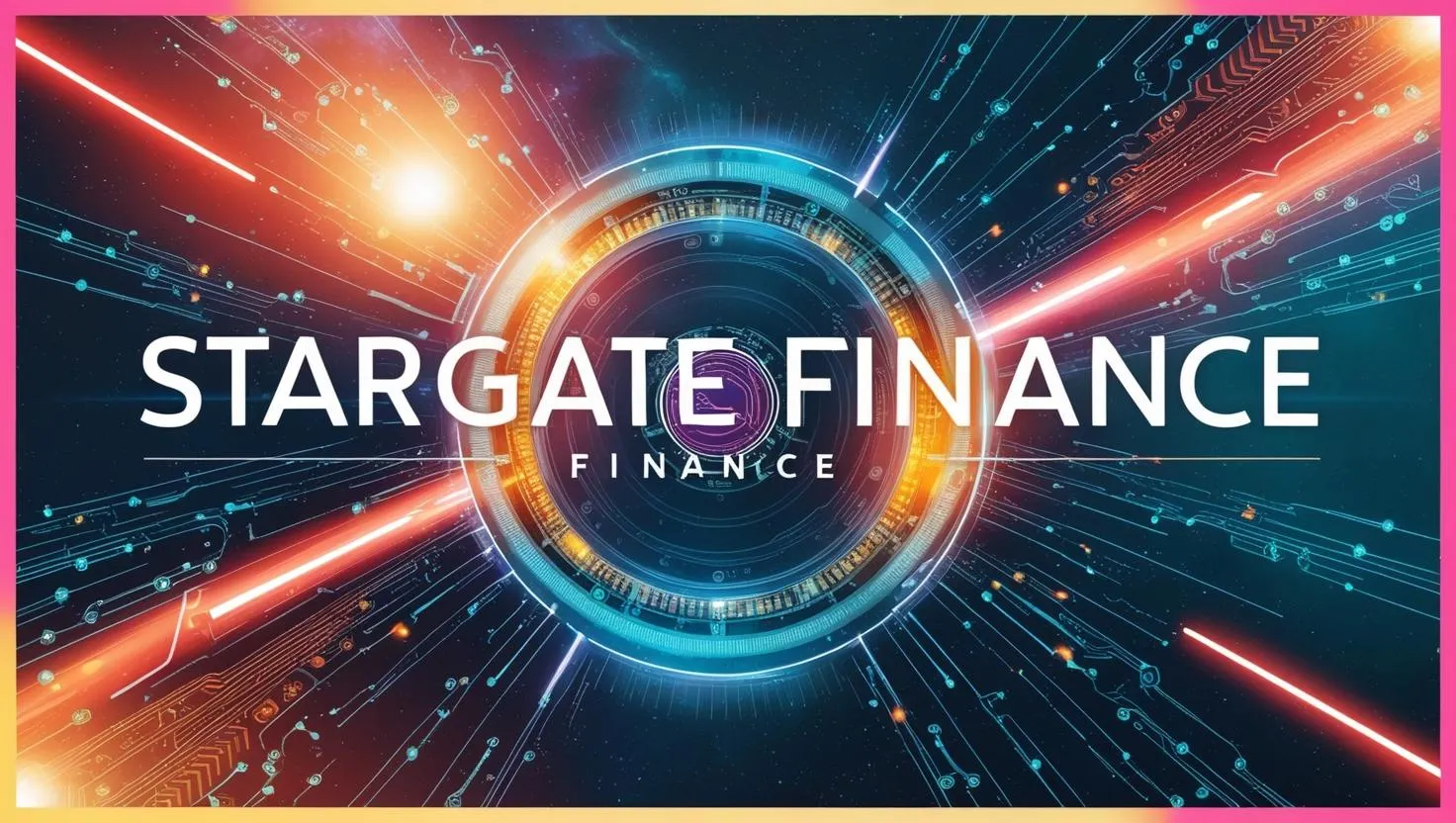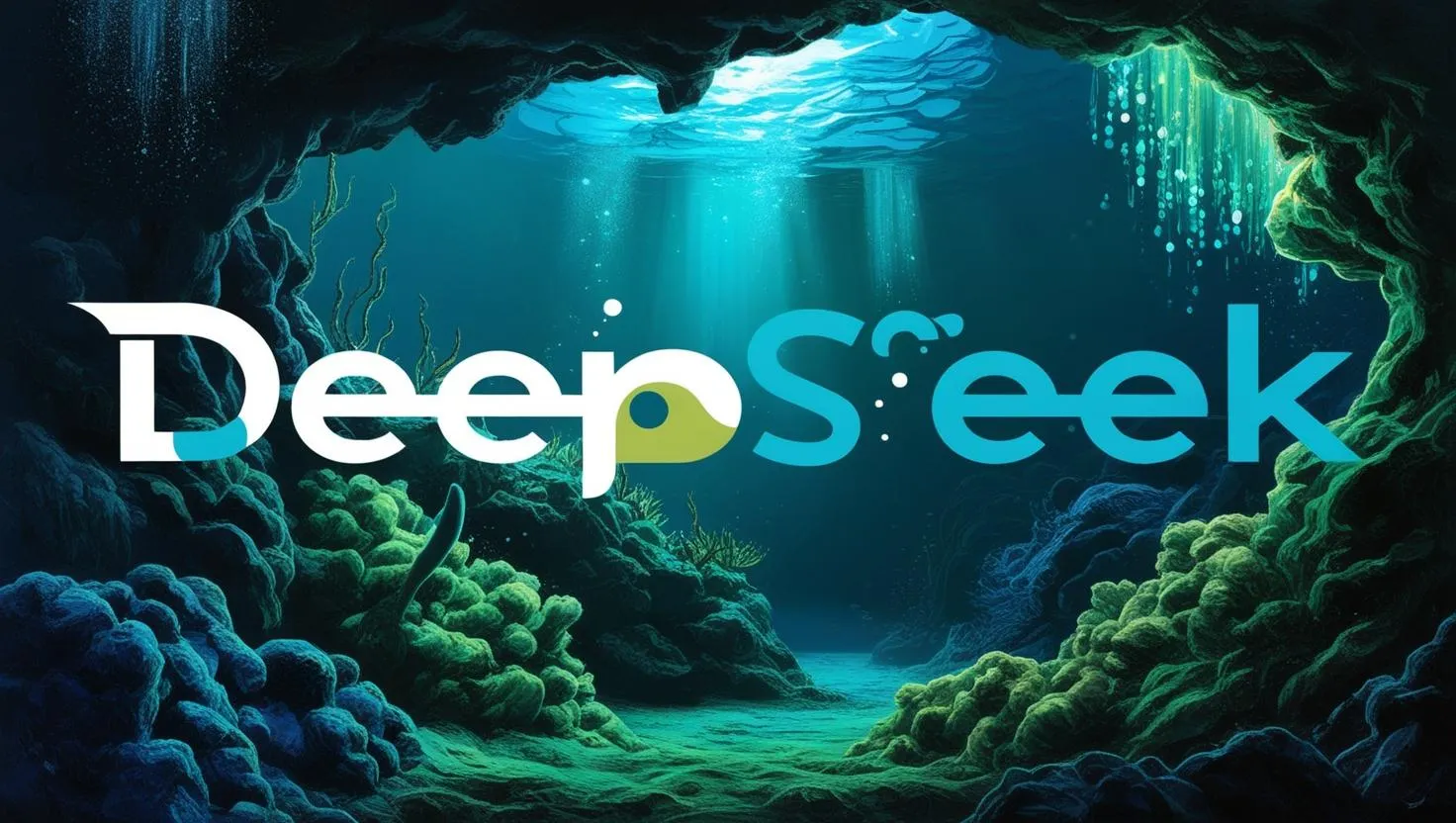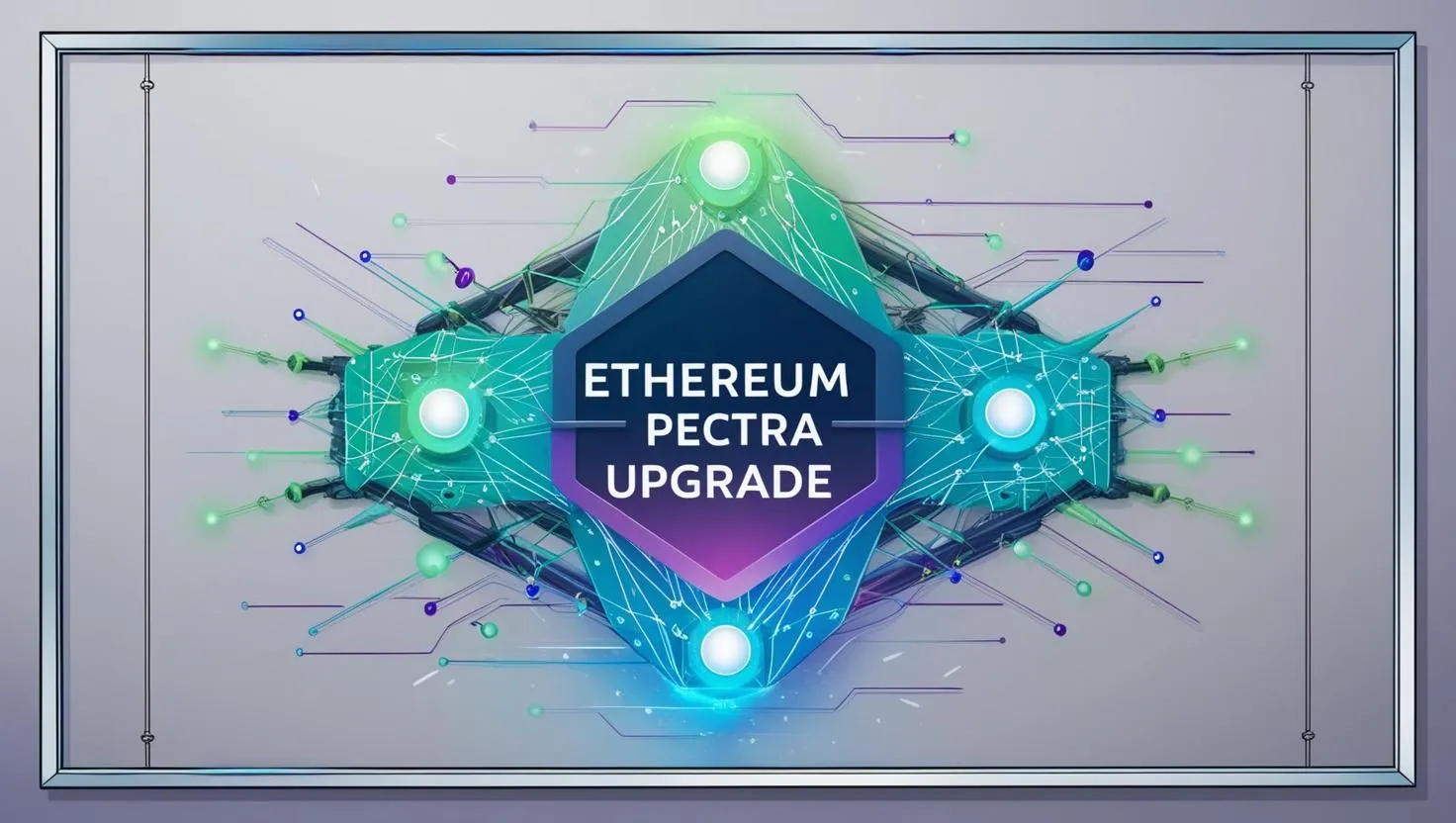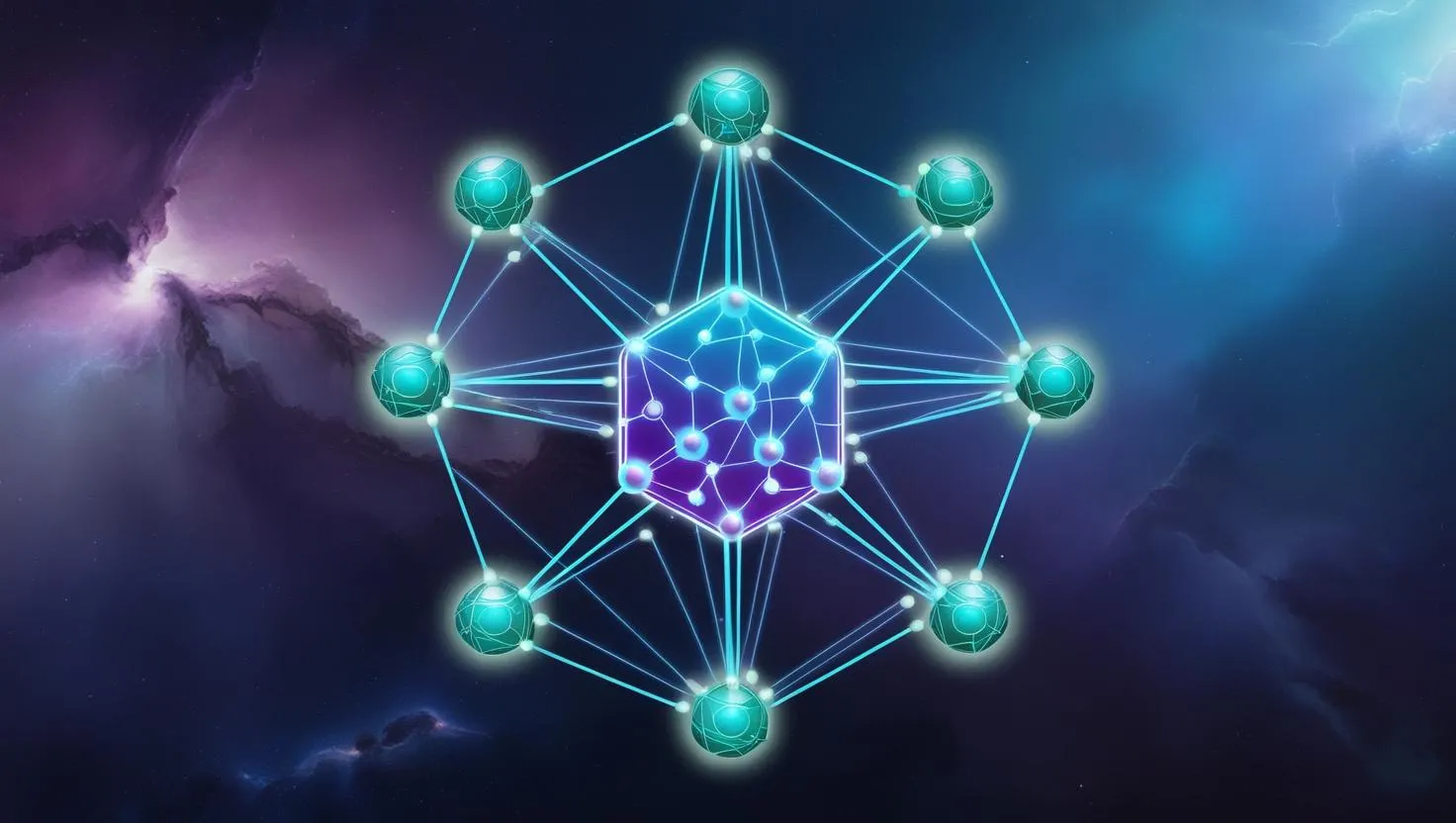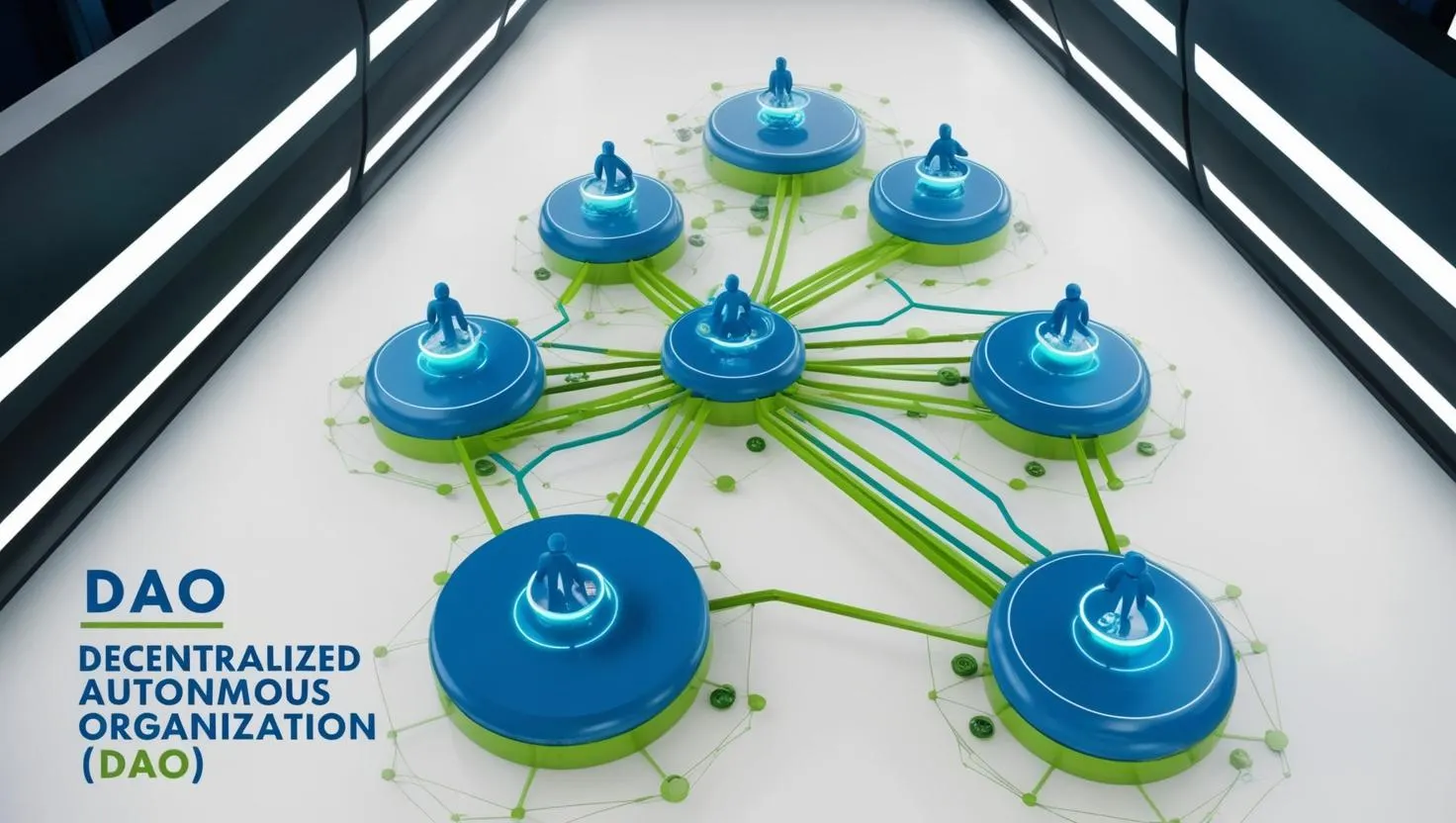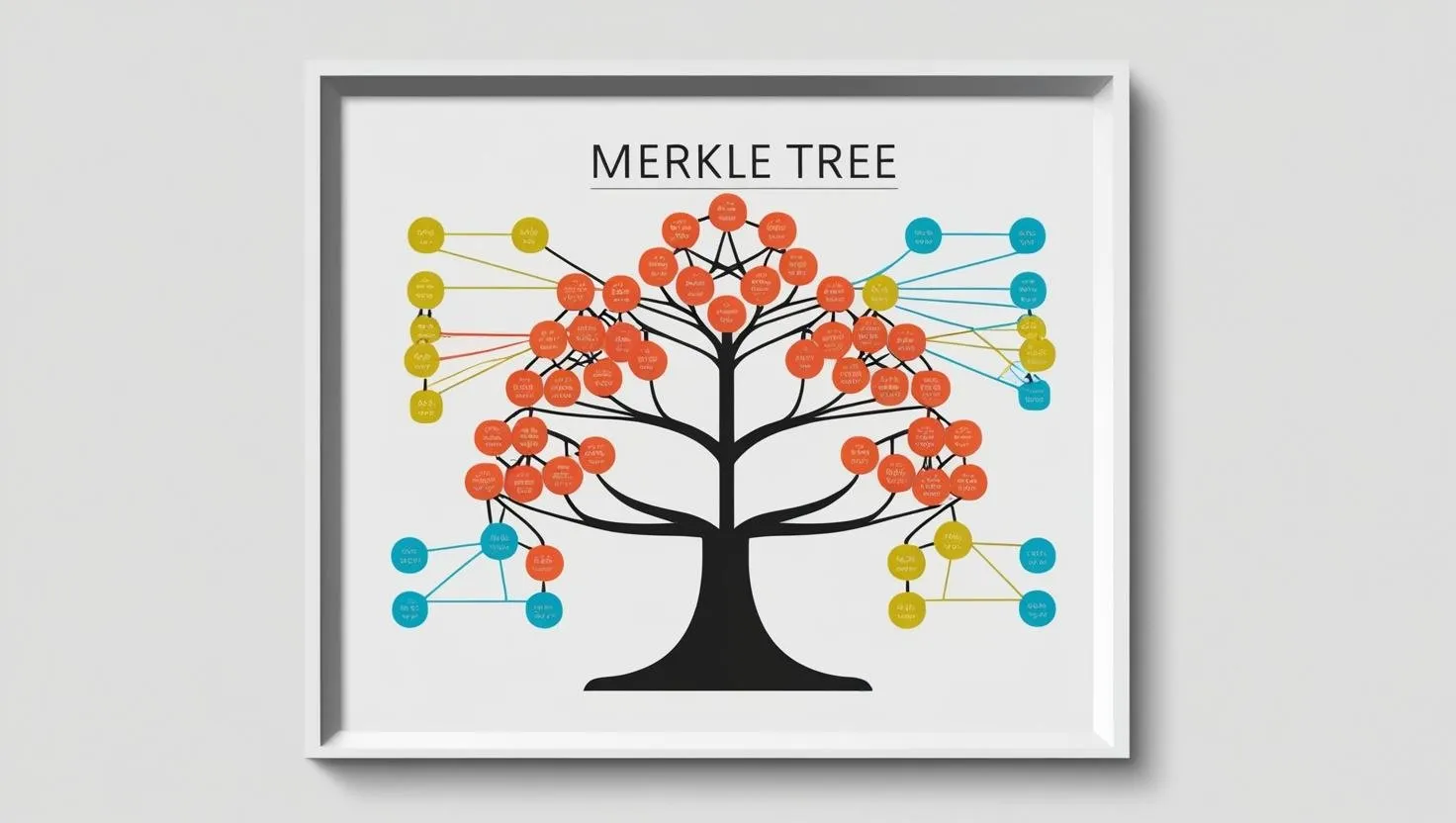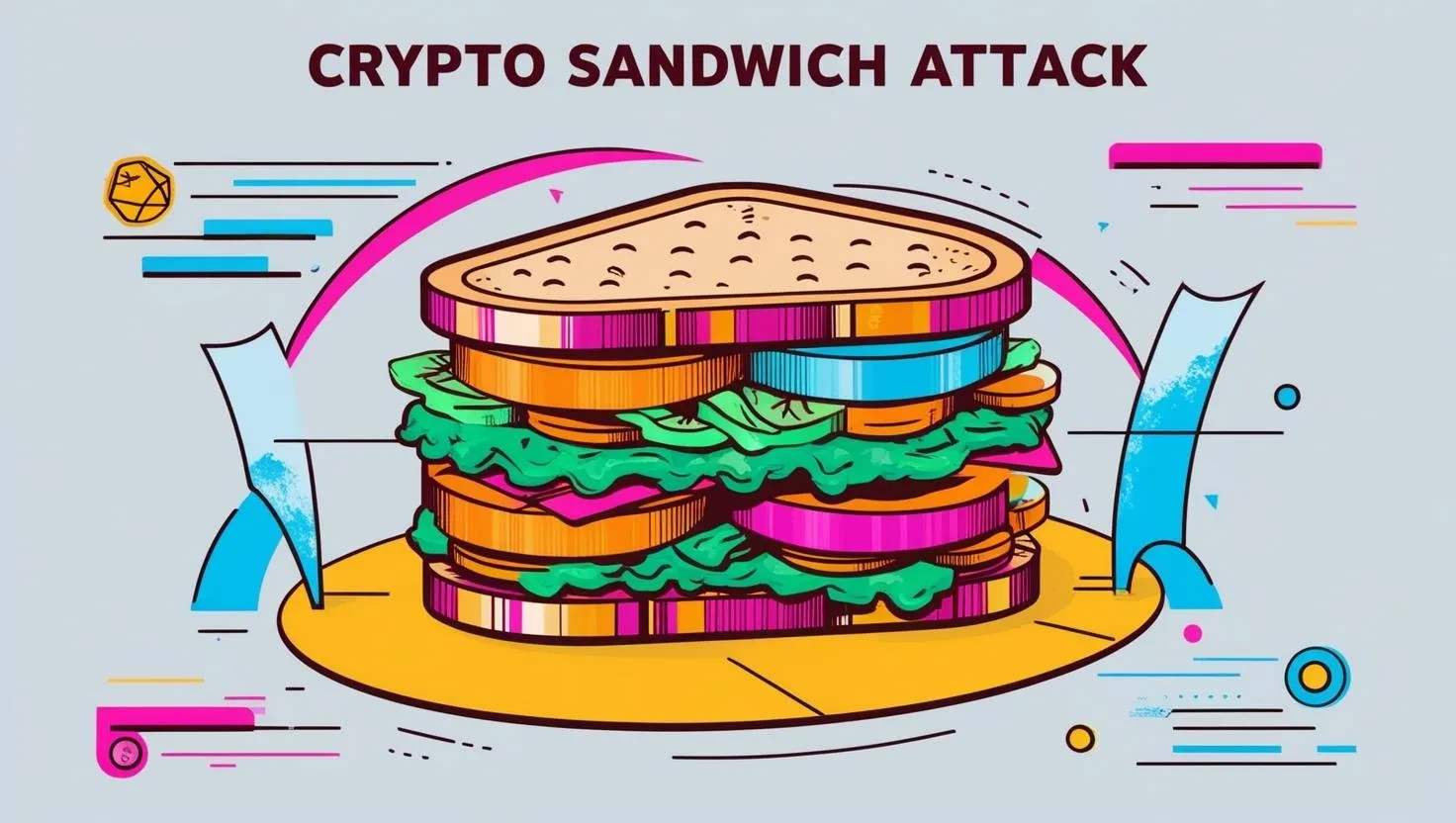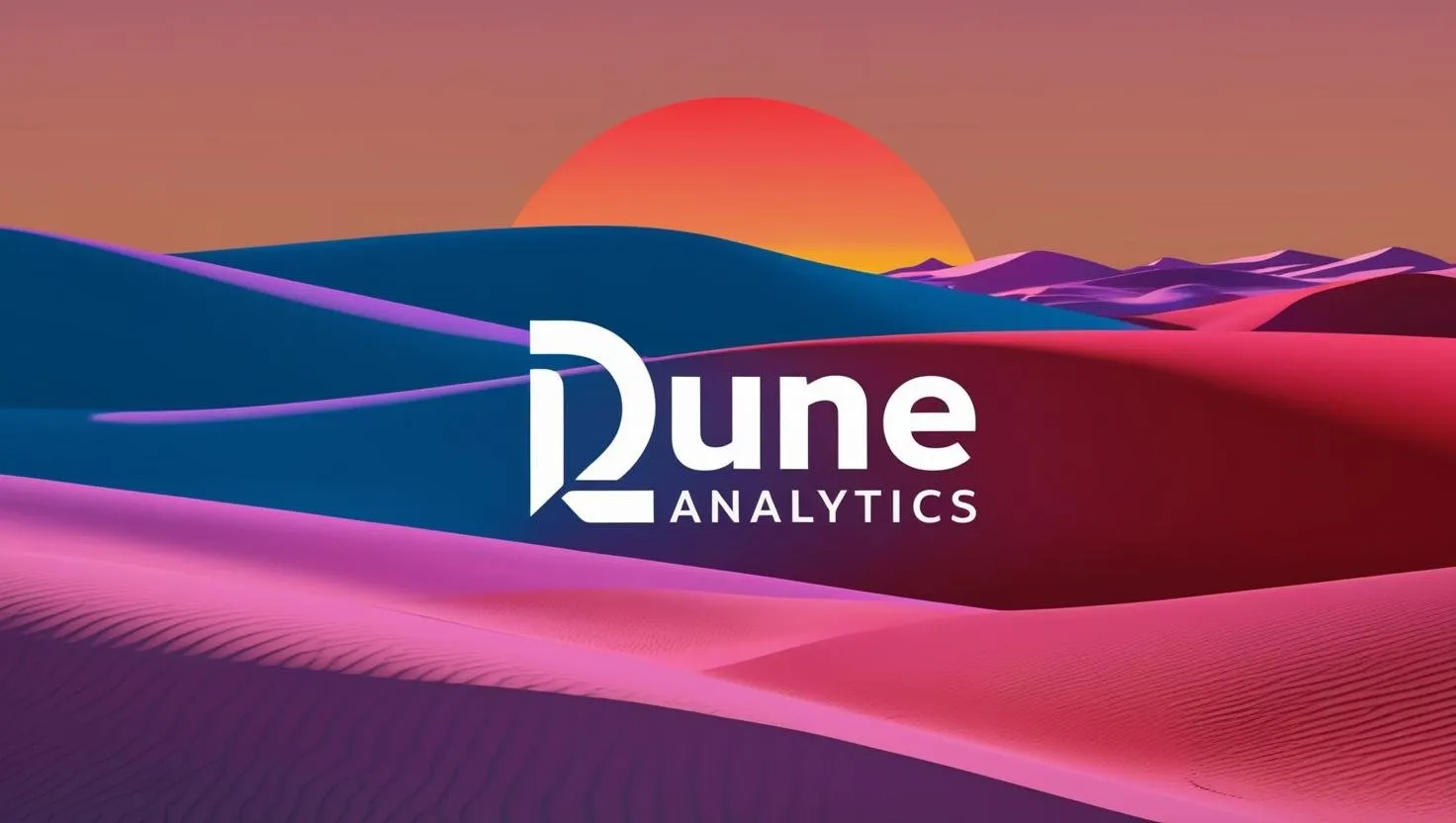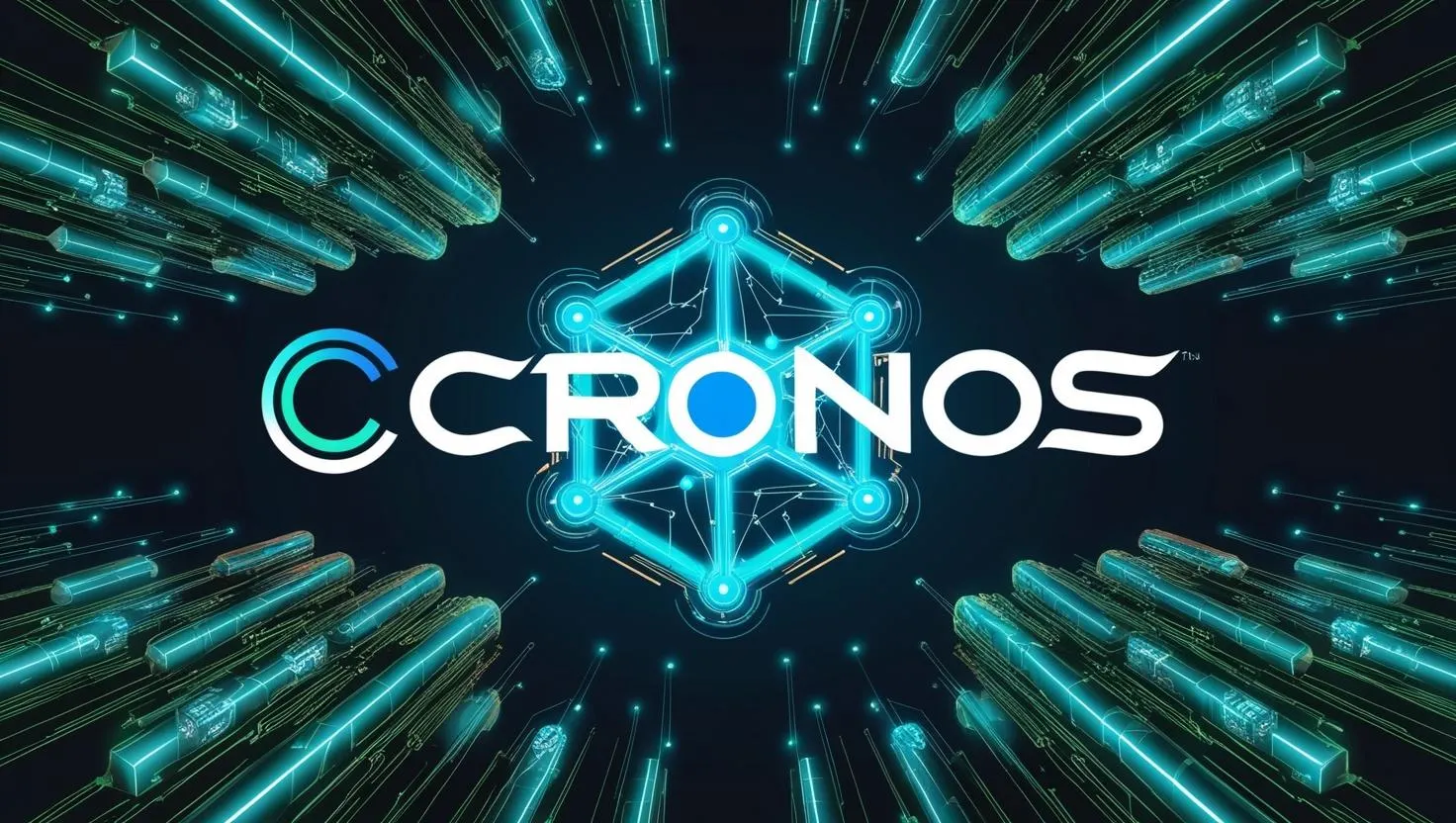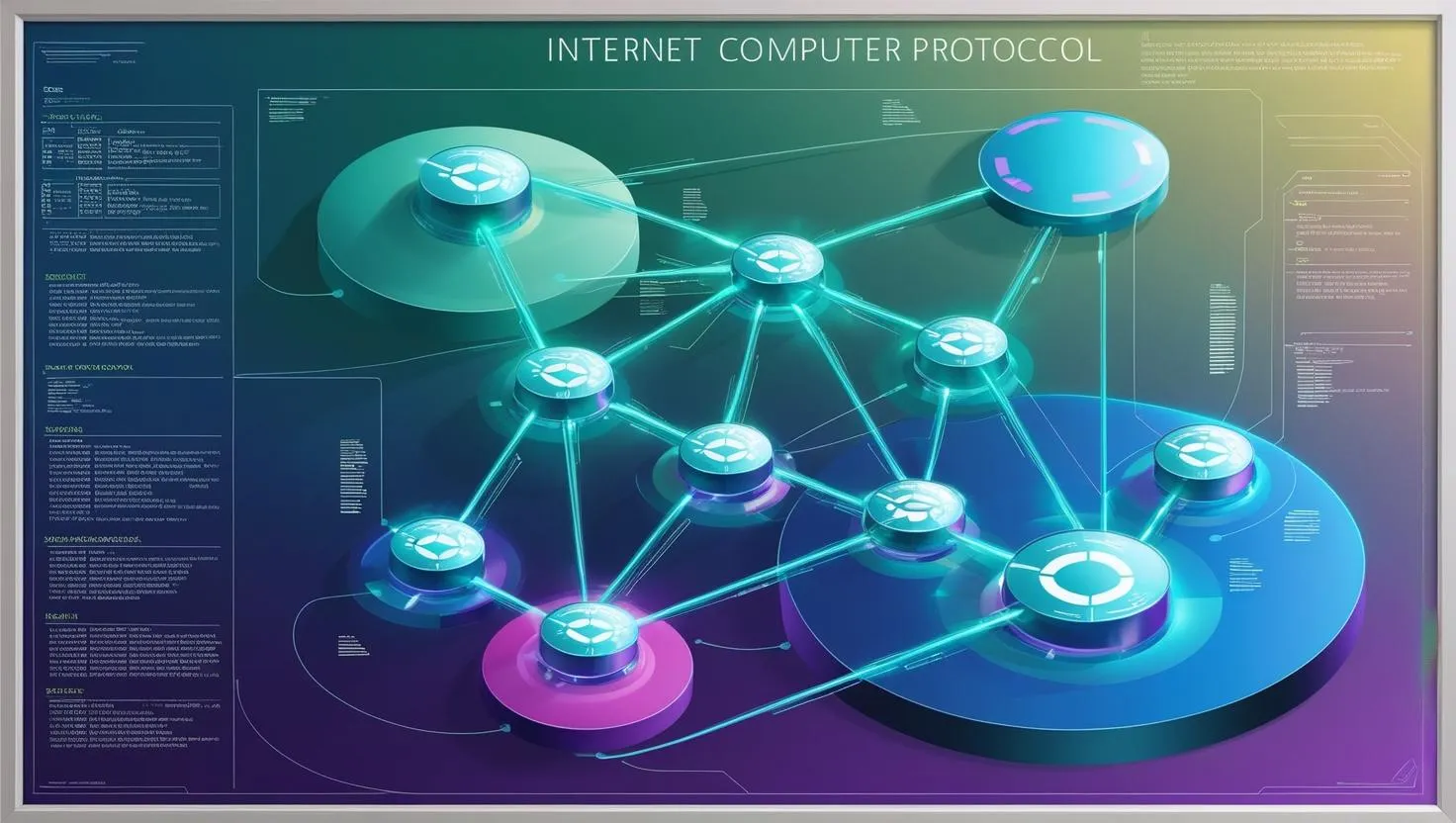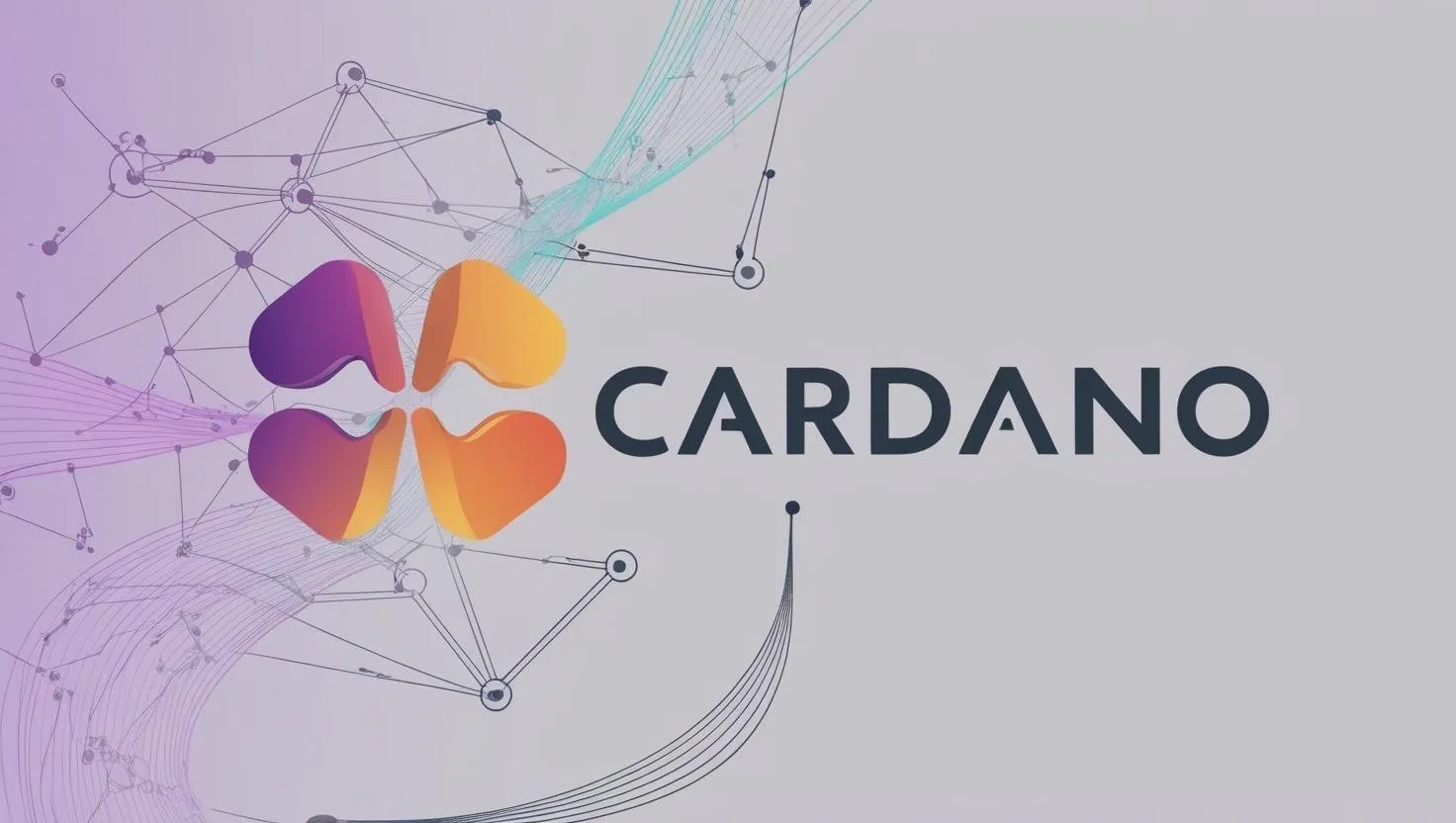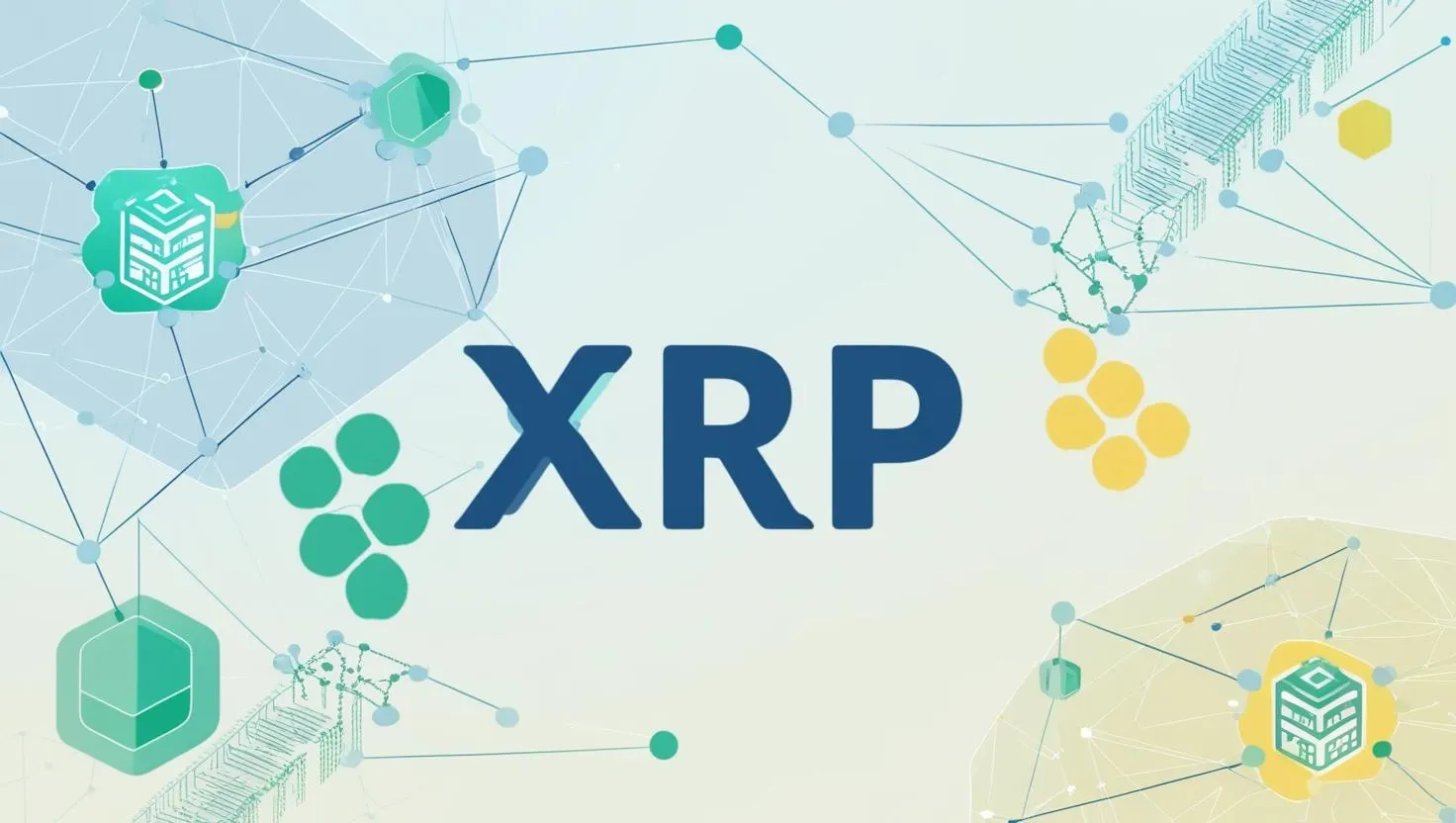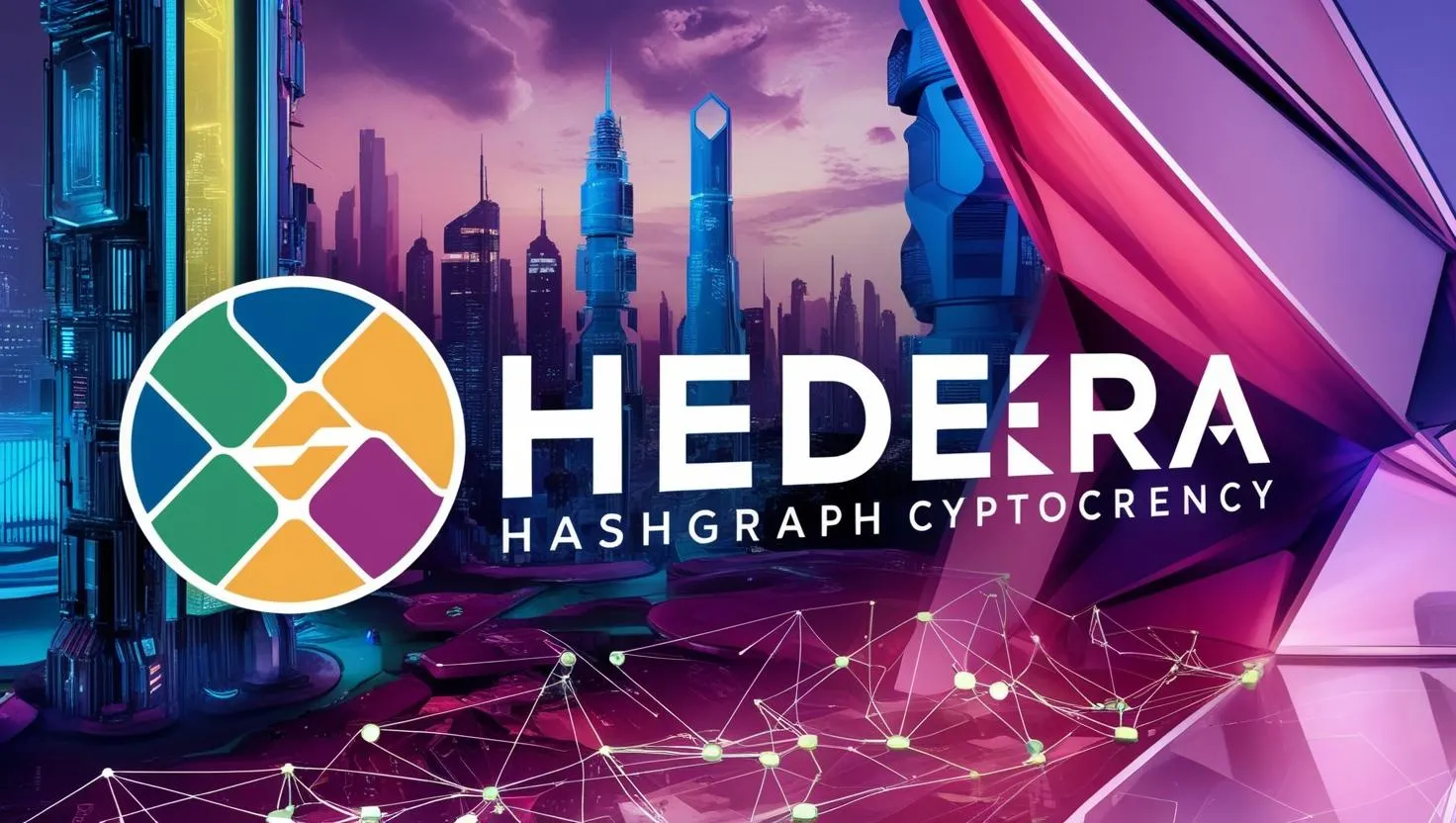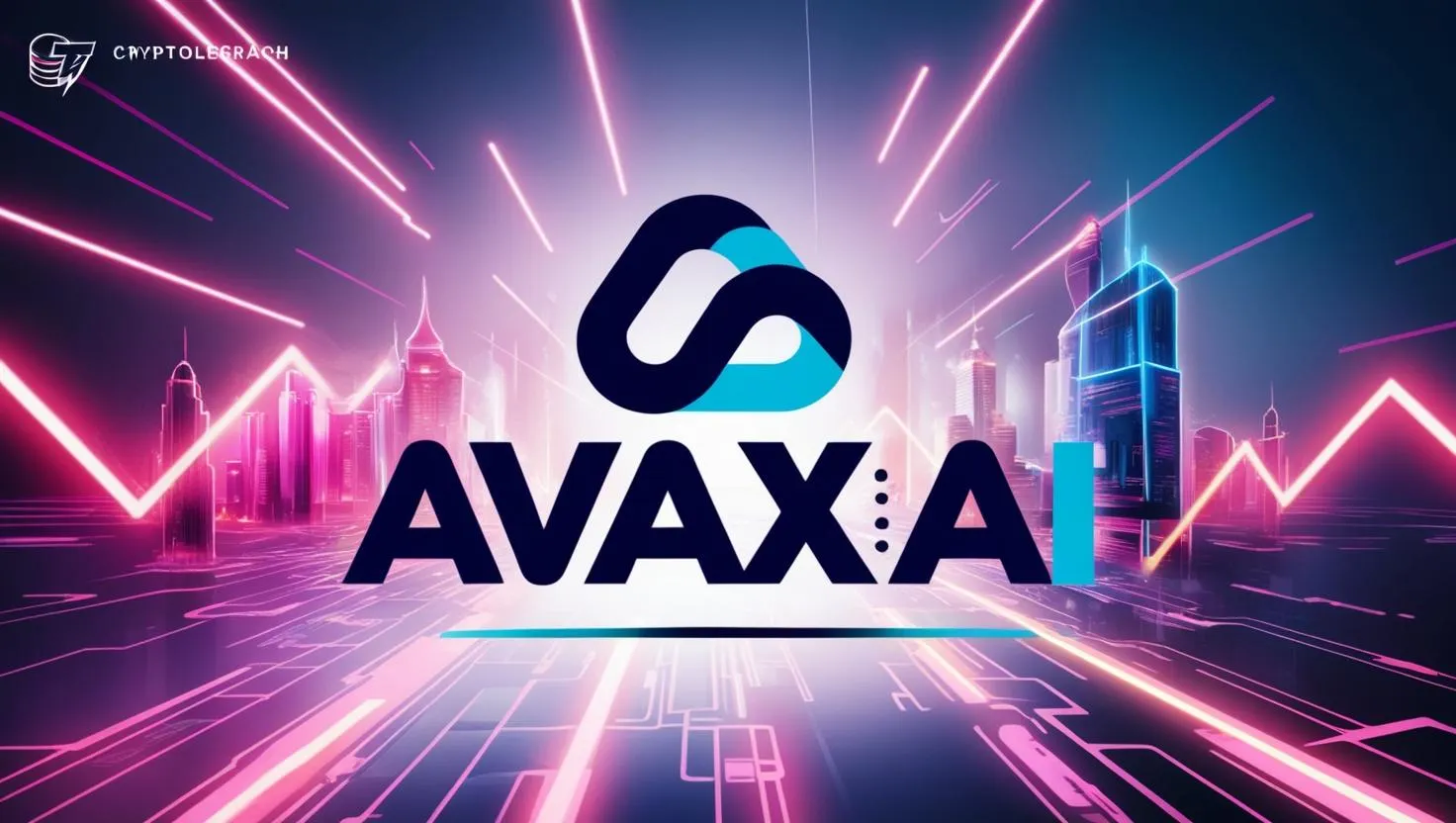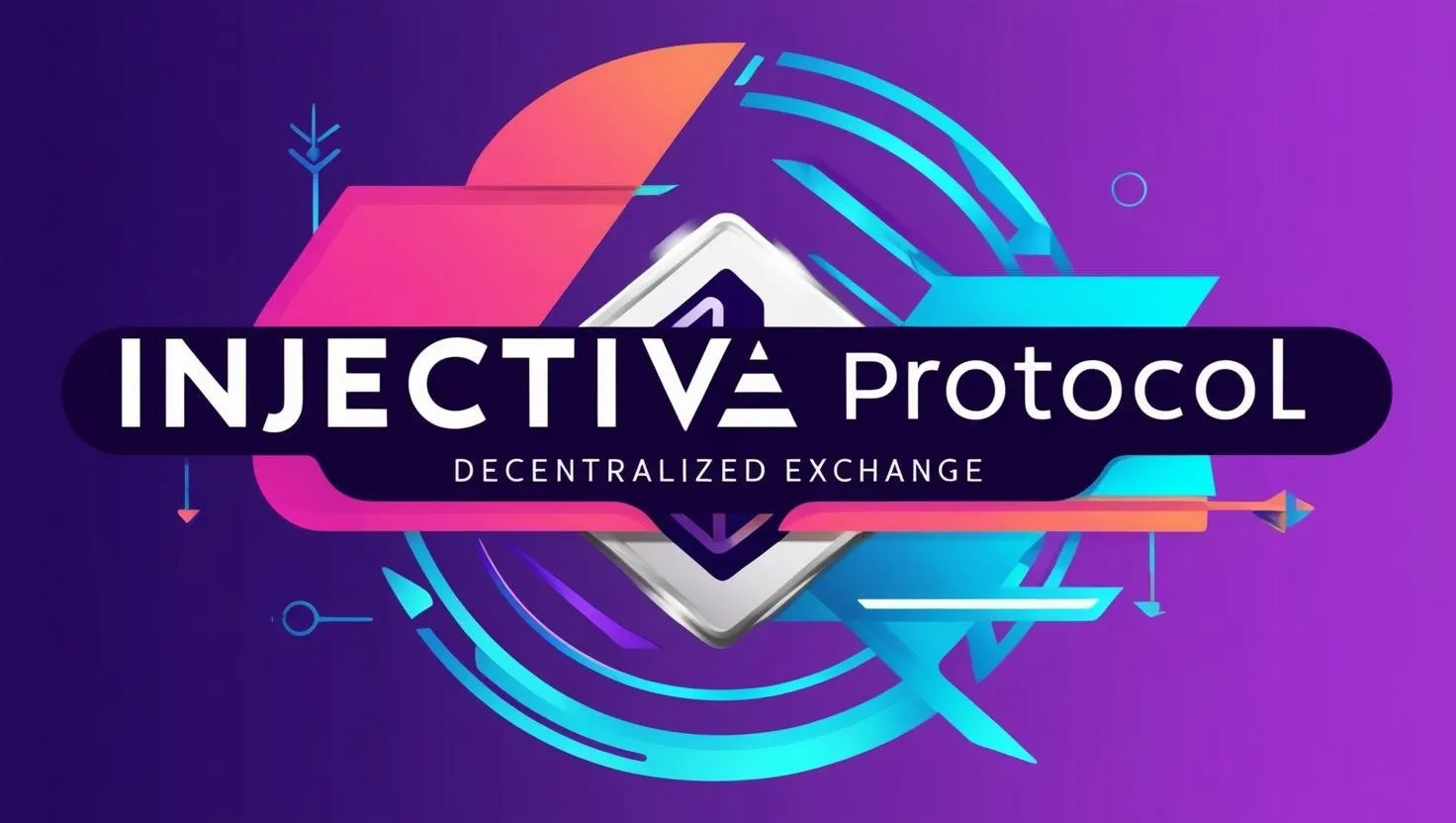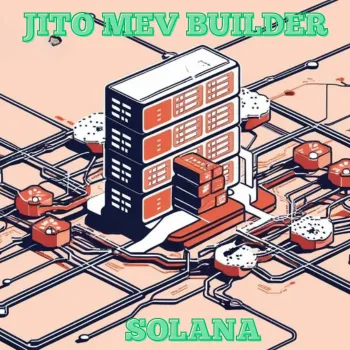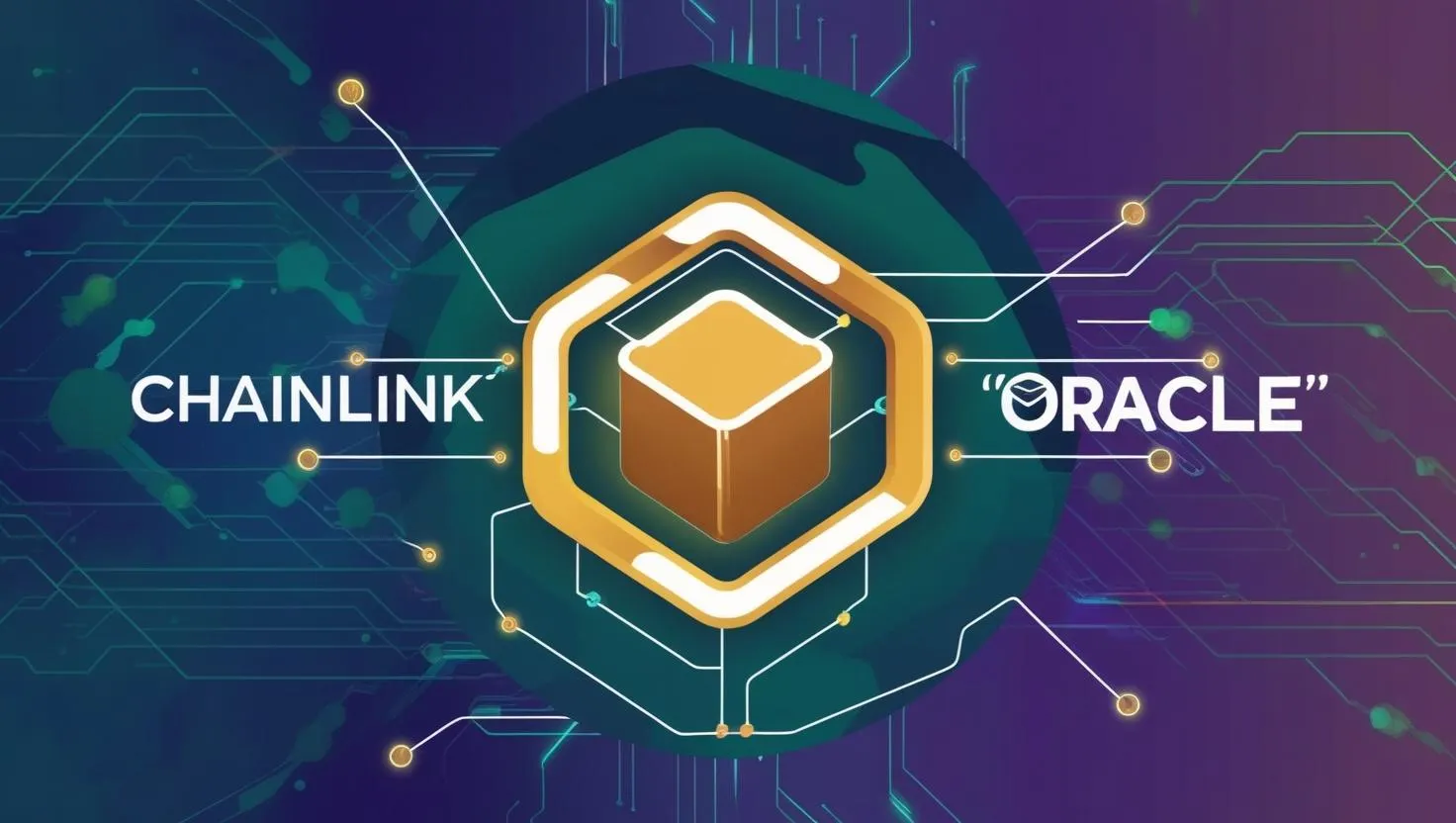ENS Unveiled: How the Ethereum Name Service is Redefining Web3 Identity
Understanding the Ethereum Name Service (ENS): A Comprehensive Guide
The Ethereum Name Service (ENS) is a decentralized naming system built on the Ethereum blockchain, designed to simplify interactions in the world of Web3 by replacing complex, machine-readable cryptocurrency addresses with human-readable names. Launched in May 2017 by developers Nick Johnson and Alex Van de Sande under the Ethereum Foundation, ENS has grown into a cornerstone of the decentralized internet, offering a secure, user-friendly alternative to traditional domain name systems (DNS). This article explores what ENS is, how it works, its key features, use cases, governance, and its significance in the evolving blockchain ecosystem.
What is ENS?
At its core, ENS is a distributed, open, and extensible naming system that maps human-readable names, such as "alice.eth," to machine-readable identifiers like Ethereum wallet addresses (e.g., 0x1234abcd5678efgh…). Think of it as the Web3 equivalent of the internet’s Domain Name System (DNS), but with a decentralized twist. Instead of relying on centralized servers prone to hacking or censorship, ENS leverages Ethereum’s blockchain to ensure security, transparency, and user ownership.
ENS was created to address a fundamental usability challenge in blockchain technology: the difficulty of remembering and accurately sharing long, alphanumeric cryptocurrency addresses. By allowing users to register a simple name like "john.eth" and link it to their wallet, ENS reduces errors, enhances accessibility, and streamlines transactions across the Ethereum ecosystem and beyond.
How Does ENS Work?
ENS operates through a two-component architecture: the registry and resolvers, both powered by Ethereum smart contracts.
- The ENS Registry
- The registry is a single smart contract that serves as the backbone of ENS. It maintains a comprehensive list of all registered domains (e.g., ".eth" names) and subdomains, storing three critical pieces of information for each: Owner: The Ethereum address or smart contract that controls the domain.
- Resolver: The contract responsible for translating the name into an address or other data.
- Time-to-Live (TTL): The caching duration for records under the domain.
- The registry’s primary role is to map a name to its corresponding resolver, ensuring the system knows where to look for the associated data.
- Resolvers
- Resolvers are smart contracts that perform the actual translation of human-readable names into machine-readable identifiers. When a user queries a name like "alice.eth," the registry directs the request to the appropriate resolver, which then returns the linked Ethereum address, content hash, or other metadata. Resolvers are flexible and can be customized to support various data types, making ENS highly extensible.
The resolution process is straightforward:
- A user or application queries the registry for the resolver tied to a specific name.
- The resolver is then asked to provide the associated data, such as an Ethereum address.
This hierarchical system allows domain owners to manage subdomains (e.g., "blog.alice.eth") and configure them as needed, mirroring the structure of traditional DNS but with decentralized control.
Key Features of ENS
ENS stands out due to its unique features, which align with the principles of Web3:
- Decentralization: Built on Ethereum, ENS eliminates single points of failure and central authorities, making it resistant to censorship and tampering.
- Human-Readable Names: Replaces cumbersome addresses with memorable names, reducing the risk of errors in transactions.
- Ownership and Control: Users fully own their ENS names as non-fungible tokens (NFTs) adhering to the ERC-721 standard, allowing them to transfer or trade them.
- Extensibility: Supports mapping to various data types beyond Ethereum addresses, including other blockchain addresses (e.g., Bitcoin), content hashes (e.g., IPFS), and metadata (e.g., social media handles).
- Interoperability: Works seamlessly with decentralized applications (dApps), wallets, and other smart contracts in the Ethereum ecosystem.
Registering an ENS Name
Getting an ENS name is a user-friendly process, especially with recent updates as of 2025. Here’s how it works:
- Visit the ENS Manager App: Go to ens.domains or a supported platform like Para, which simplifies registration by not requiring a browser extension or wallet for new users.
- Search for a Name: Enter your desired ".eth" name to check availability. Names must be at least three characters long, and pricing depends on length (shorter names are more expensive).
- Register: Choose a registration duration (typically in years) and pay the fee in Ethereum (ETH), which includes a base cost (e.g., $5/year for names with five or more characters) plus gas fees. As of recent integrations, platforms like Para allow registration without a pre-existing wallet.
- Set Up Records: Link your name to an Ethereum address, other crypto addresses, or additional data via the resolver.
For existing ENS owners, connecting a name to new services or updating records is equally simple through the ENS Manager App. Names must be renewed periodically, but features like bulk renewal and date-specific expiration (introduced in 2024) make management easier.
Use Cases of ENS
ENS has a wide range of applications that enhance the Web3 experience:
- Simplified Transactions: Send crypto or NFTs to "alice.eth" instead of a 42-character address, reducing errors and improving usability.
- Decentralized Websites: Link an ENS name to an IPFS hash to host a censorship-resistant website accessible via supported browsers like Brave or Opera.
- Unified Identity: Use a single ENS name across dApps, social platforms, and blockchains, consolidating your digital presence.
- Cross-Chain Support: Map ENS names to addresses on other blockchains (e.g., Bitcoin, Binance Smart Chain), enhancing interoperability.
- NFT Trading: As ERC-721 tokens, ENS domains can be bought, sold, or traded on marketplaces like OpenSea.
Governance and the ENS Token
In November 2021, ENS transitioned to a decentralized autonomous organization (DAO), introducing the ENS governance token (an ERC-20 token). With a total supply of 100 million tokens, the distribution was as follows:
- 50%: DAO Community Treasury (10% unlocked at launch, vesting over four years).
- 25%: Airdropped to early ".eth" domain holders based on registration duration.
- 25%: Allocated to contributors, including core developers and external partners.
Token holders can vote on protocol decisions, such as pricing for ".eth" names or upgrades like ENSv2, which expanded support to Ethereum Layer-2 solutions. The DAO empowers the community to shape ENS’s future, aligning with its ethos of decentralization.
ENSv2 and Namechain: The Next Evolution
In 2024, ENS Labs announced ENSv2 and Namechain, marking a significant upgrade. ENSv2 extends ENS functionality to Ethereum Layer-2 networks, reducing gas costs and improving scalability. Namechain, a dedicated Layer-2 solution, works in tandem with ENSv2 to optimize name resolution and registration. These developments, detailed in November 2024, led to a surge in the ENS token price, reflecting market excitement about cheaper, faster domain management.
ENS and Traditional DNS Integration
A landmark partnership with GoDaddy in February 2024 allowed millions of traditional DNS domain owners to link their names (e.g., "example.com") to ENS, bridging Web2 and Web3. This integration enables users to use existing domains for crypto transactions or decentralized hosting, expanding ENS’s reach beyond ".eth" names.
Advantages and Challenges
Advantages:
- Security: Blockchain-based storage prevents hacking and ensures immutability.
- User Experience: Simplifies Web3 interactions for novices and experts alike.
- Community-Driven: The DAO model fosters inclusivity and innovation.
Challenges:
- Speed: ENS resolution is slower than DNS due to blockchain latency.
- Cost: Gas fees can be a barrier, though Layer-2 solutions like Namechain aim to mitigate this.
- Adoption: While growing (over 3.1 million names registered by 2023), ENS still competes with alternatives like Unstoppable Domains.
The Future of ENS
ENS is poised to play a pivotal role in Web3’s evolution. With ongoing improvements like ENSv2, Namechain, and integrations with mainstream platforms, it’s moving toward mass adoption. Its ability to unify digital identities, secure decentralized content, and simplify blockchain interactions positions it as a foundational infrastructure for the decentralized internet.
As of April 2, 2025, ENS continues to innovate, with a sleek new blog design, enhanced manager app features, and a growing ecosystem. Whether you’re a crypto enthusiast, developer, or brand, ENS offers a gateway to a more accessible and secure digital world.
Conclusion
The Ethereum Name Service is more than a naming system—it’s a revolution in how we interact with blockchain technology. By blending the familiarity of DNS with the security and autonomy of Ethereum, ENS is paving the way for a user-friendly Web3. Whether you’re registering your first ".eth" name or exploring its technical depths, ENS invites you to join a global community building the future of the internet—one name at a time.





